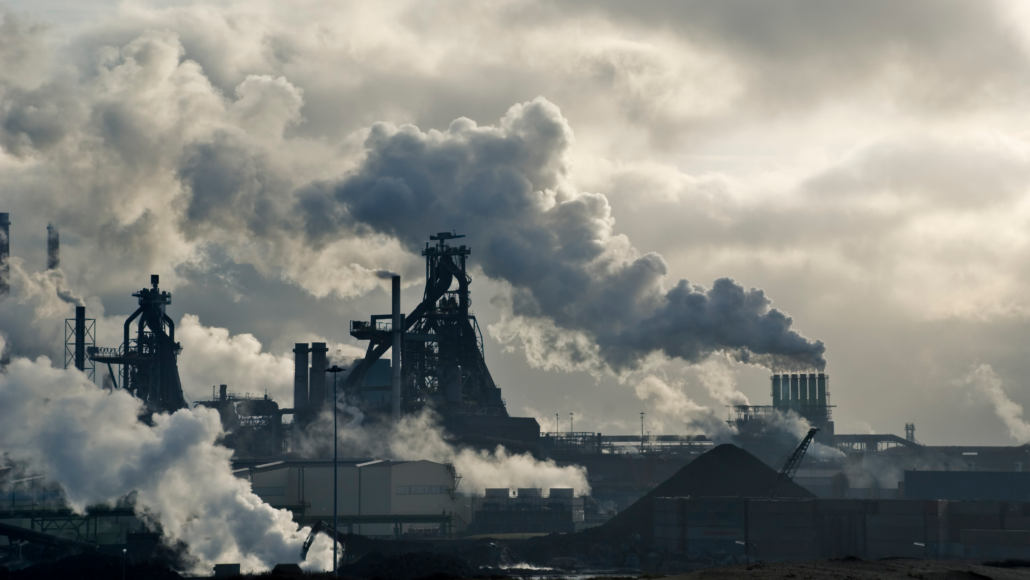Questions for ‘New process can transform urban CO2 pollution into a resource’

Clouds of water vapor rise from smokestacks at industrial plants seen here. Not visible are the large plumes of carbon-dioxide gas also being emitted by those smokestacks. A new technology may help remove the carbon from that gas and turn it into a valuable raw material.
JacobH/E+/Getty Images Plus